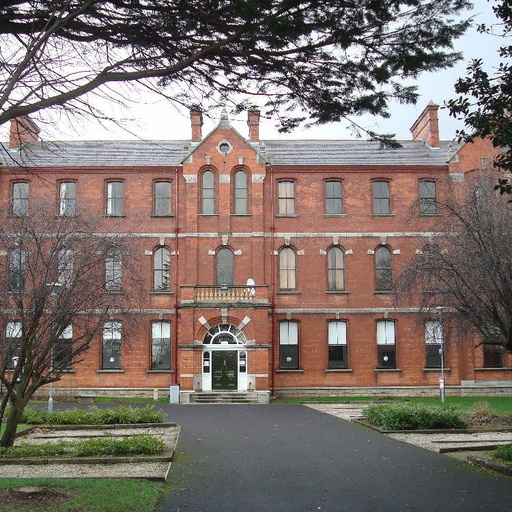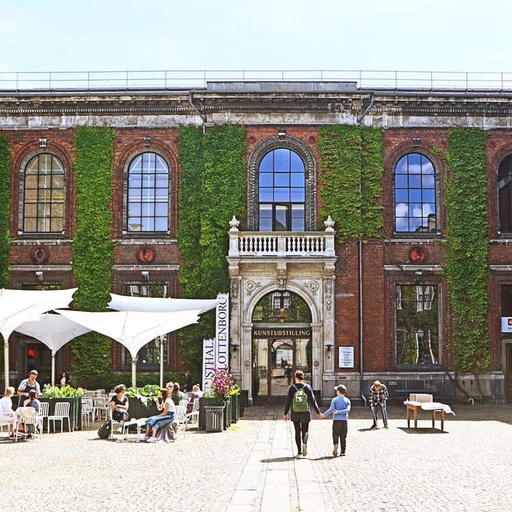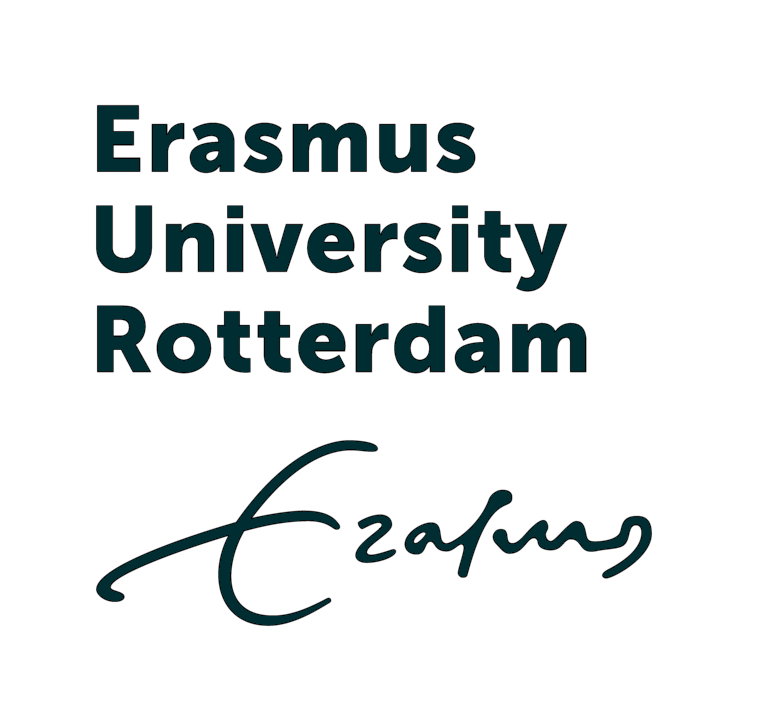Best English-Taught Architecture Universities in Europe
See the best Architecture universities in Europe for international students, ranking for the most engaging, affordable, and powerful English-taught programs for 2024.

Our architecture rankings list may feel a bit scandalous or novel, given it hasn’t been influenced by external factors like sponsors and other rankings, nor is it based on disingenuous factors like research.
These rankings reflect many years of on-the-ground research, vetting, and experience by ourselves and our members, and speaks directly to what really matters to US students pursuing English-taught college degrees in continental Europe and Ireland.
#1 KU Leuven University
This traditionally ranked school finds itself on many of our own featured lists, KU Leuven is located an easy 20 minute train ride away from Brussels, in Belgium. The city of Leuven itself is filled with its own medieval architecture, has a refreshingly low cost of living, and is a safe and compact university town. The 2-year architecture master’s program has affordable tuition for international students.


#2 Polytech University of Milan
Often featured on many traditional ranked lists in the architecture category, this university has a whopping ten 2-year English-taught master’s offerings in the field of architecture, which speaks to their credibility. A truly international school, PMI offers exchange and double-degree programs within their European and world network of partner universities. High employability numbers, reputable and rigorous programming, and impressively low tuition rates reflected for each of these grad programs.
#3 Delft University of Technology
Wend your way between historic buildings and canals in the small city of Delft in the Netherlands. One of the leading technical universities in Europe, and no stranger to most international rankings lists for top architecture programs, this prestigious 2-year master’s program, Architecture, Urbanism, and Building Sciences takes a uniquely multidisciplinary approach. TU Delft prides itself on a world class academic staff, a wealth of partnerships in the business community, high employability rankings, and a large international student body representing 100 nationalities.


#4 KTH Royal Institute of Technology
Head to Stockholm, where you can choose between three architecture graduate programs, each 2 years in duration, at the high-profile technical and engineering school, KTH. High employability rankings, impressive international living and learning environment, and a large number of English-taught programs in a variety of categories, KTH stresses sustainable development as part of its programs’ cores and curriculums. There are four bustling campuses in and around the city, with easy transportation connecting them through Stockholm city-center.
#5 University of Pecs
As a student of architecture you’ll be immersed in the UNESCO-recognized ancient city of Pecs, Hungary at the oldest university in the country, founded in 1367. A lively, cultured city, Pecs was once the European Capital of Culture. The internationally recognized University of Pecs has had a long history of offering many and varied English-taught programs, and therefore familiar with international students, for which the school/city has a large population. Pecs is one of only two schools in our rankings list that offers bachelor’s options in the architecture category, as well as three master’s programs, all of which are some of the most affordable on our list.


#6 University College Dublin
Study in Ireland at one of the largest urban campuses in Europe, where you’ll have all the amenities within reach. The prestigious UCD boasts that 30% of its enormous student body and academic staff is from around the world, and its high rankings for employability. UCD has a number of architecture-related bachelor’s degrees, such as landscape architecture, on top of its 7 master’s programs in the category, ranging from 1-5 years duration. Known for the intensive small group teaching from internationally renowned teachers, their MArch program is the only one of its kind triple accredited by professional institute in Ireland (RIAI), and by the Royal Institute of British Architects (RIBA) and which also has International Certification with the National Architectural Accrediting Board (NAAB) in the USA.
#7 Sapienza University of Rome
Given this university is around the corner from the Coliseum in Rome, and is one of Europe’s oldest universities (founded 1303), it may just be an ideal fit for a student of architecture. There are three 2-year English-taught master’s options at this globally recognized school, all incredibly affordable. Of course, the cost of living in Rome is relatively high, but the low tuition may provide a nice cushion for the high living costs. A relatively large school, with an equally large international population, this is one to put on your radar.


#8 Oslo School of Architecture and Design
A standout institution in the exciting city of Oslo, AHO offers three 2-2.5 year English-taught master’s programs in architecture. Of course, the cost of living in this country is one of the highest in Europe, and this is something to consider ahead. But the innovative programs at AHO are something to have on your radar, as they feature a studio-based model and unique hands-on experience in their array of workshops, studios and data labs. Low student-faculty ratio here, and the opportunity to attend their PhD program in the same field.
#9 Royal Danish Academy of Fine Arts
Get your master’s in one of the world’s most livable (and bikeable) cities, in Copenhagen. Choose from 5 master’s programs at KADK in the architecture category, like the fascinating Architecture in Extreme Environments program. This relatively young (and small) school, with its sleek and hyper-modern approach to its programs puts value on internationalization, offers internships and study abroad as part of their 2-year affordable programs. Like all other schools on our list, an undergraduate in architecture or similar program is required for admission.


#10 Aalto University
You’ll find a variety of 2-year English-taught architecture master’s programs, all with a sustainable-building focus, at this reputable university in Finland. Like all the other schools on our ranked list, Aalto meets the criteria for emphasis on internationalization and high employability stats that align with their high-class company collaborations and in-house career services program. Internships are offered, locally and abroad during the degree, and like all universities in Finland, Aalto has a scholarship program for international students that may cover 100% or 50% of the tuition fee.
The Problem With Other Ranking Systems
While there are many rankings of international universities, college rankings usually refer to those that are most influential like US News, Times Higher Education, and the ShanghaiRanking (ARWU). We spend a good amount of time cautioning against using this factor as a major criterion. All ranking systems have different strengths, weaknesses, and biases. A school that is on one list may not appear at all on another. Further, not all schools are eligible for the rankings which rely on research and Ph.D. programs heavily. If we ever reference this factor in our materials it’s because we realize it’s such a major part of the American mindset.
While the domestic US News rankings have their issues, their Global Rankings are truly flawed. The most important limitation to note is that, while there are a number of quality indicators US News uses in ranking US schools, their international rankings look exclusively at factors around research (such as global research reputation, number of publications, number of books published, number of citations, percentage of total publications that are among the 10 percent most cited, etc.).
If you need insight on why the college rankings system is truly flawed or a refresher on the increasing number of college rankings scandals in the US, here’s a gloomy summary.
So what does that really tell you about your educational experience? Nothing. Further, since the rankings are based solely on research related factors, small schools, specialized schools, and schools with an emphasis on applied and practical knowledge will not even be eligible for these rankings, though many of these schools are excellent with very reputable programs.
The New Way to Rank Schools
We are sometimes asked if college in Europe is as “good” as in the US. People assume a high degree of educational quality in the states simply because of the standard ratings, which are more-or-less unrelated to the educational experience or outcomes of the students. Honestly, the fact that our college graduates test only as high school grads from the Netherlands and Finland is quite telling…
This is why we’ve created a new kind of Ranking system, authored exclusively by Beyond the States, focusing primarily on school/program factors that really matter to US students choosing a degree in Europe:
- Accessibility and availability of English-taught degrees
- Affordability for international students
- Notable employability record and economic mobility
- Quality of international student life on campus/in the city
- Ample international student supports in place
- Availability of study abroad and internship opportunities
- Strong student reviews
- International exposure
As of this writing, there are 32 accredited, English-taught bachelor’s degrees and 198 master’s programs in architecture in our database, but many more degrees in architecturally related studies, like construction management, surveying, and architectural technology. All of the schools on our ranked list have stellar master’s programs in architecture, and most don’t offer a bachelor’s counterpart, but all of these graduate programs require applicants to have a bachelor’s degree in architecture or an equivalent. On our list, the University of Pecs in Hungary, and the University College Dublin in Ireland, both have unique 5-year programs in architecture that span the bachelor’s and master’s program – something to consider.
With a degree in architecture you may work as a licensed architect, urban designer, CAD technician, an interior or spatial designer, or in areas of policy and consultancy, and on. If you plan on returning to the US with your degree, you will have to pursue the licensure process in the state you decide to work in. It’s not a hindrance having a foreign degree, but you will have to jump through a few more hurdles than those with a US degree. It’s to your benefit to research this process thoroughly, and get clarity on what your path might look like. One school on our list, the University College Dublin, advertises its accreditation with NAAB (National Council of Architectural Registration Boards) in the US, which may help to reassure a part of the school eligibility process for those attempting to pass licensure in the US. Food for thought!
All in all, the schools on our Ranked list made it there because they seem to come up again and again for us, either when we’re creating Best Fit Lists or as features for our Programs of the Month, or they generally appeal to a large number of our members and international students. And there’s a reason for this – they uniquely, consistently meet the criteria above we’ve carefully devised after years of experience in the field of English-taught degrees in Europe.
Why You Should Consider Studying in Europe
Studying in the US can be a great experience, but it’s not the only option out there. If you’re looking for something different, studying in Europe might be the perfect choice. Beyond the States offers students a unique opportunity to get a degree from a top-ranking European university while still being able to study in English.
If packing up your whole life and moving sounds more exciting than terrifying, then you’ll love what colleges in Europe have to offer you. These are 5 reasons why going to college in Europe will be the best decision you’ll ever make:
1. Tuition is much more affordable than the US.
In continental Europe, the average cost of all the English-taught bachelor’s programs is just $7,390 per year. Since 1985, US college costs have surged by about 1000 percent, and tuition and fees continue to rise. Even when you factor in the cost of travel, going to college in Europe if often cheaper than one year of tuition at a state college in the US.
2. There are thousands of English-taught degrees.
Choice is another key issue. When cost is a chief consideration, you may be limited to only in-state schools, where tuition is lower. What if your in-state schools aren’t a good option for your chosen field of study? In Europe there are thousands of programs to choose from across 212 areas of study, and they are all taught 100% in English, so there’s no need to worry about learning a new language.
3. International exposure is essential and highly valued.
Students who studied abroad stand out from the crowd when seeking jobs after college. The very act of leaving their comfort zone to make a fresh start in a new place builds skills and confidence that will be carried throughout a student’s life. Silicon Valley billionaire investor, Chris Sacca, describes international study experience as a critical differentiating characteristic among candidates. According to former General Electric CEO Jack Welch, “The Jack Welch of the future cannot be like me. I spent my entire career in the United States. The next head of [General Electric] will be somebody who spent time in Bombay, in Hong Kong, in Buenos Aires.”
4. You’ll avoid the US admissions rat race.
The college admissions process in the US has become a race to the bottom as students compete with their peers for a single spot in a liberal arts college, convinced by parents and guidance counselors that their survival rests on playing a musical instrument or varsity sport.Many smart kids don’t do well on standardized tests. This doesn’t limit them as much when looking outside of the US, as many colleges in Europe do not require standardized tests. Many countries see entry into universities as a right, rather than a privilege, so admission standards are not as stringent.
5. Spend your weekends & breaks exploring the world.
Travel opportunities abound when attending college in Europe. For example, Lille, a city in northern France with multiple universities, is close to major cities such as Brussels, London, and Paris via high-speed rail. Air travel, especially with the rise of affordable airlines like Ryanair, EasyJet, and Transavia, can be comparable in price to rail travel, so many more destinations open up for short-term travel.
How to Get Into the World’s Top Universities
When you also factor in the many problems with US higher education, it is imprudent not to consider other possibilities. It is true there are many excellent schools in the United States—I don’t think anyone would argue that. There are some that have managed to look at applicants as people, and not just a checklist of achievements. Some even have reasonable tuition rates, and/or professors that actively teach and have highly engaged students. Despite this, I have yet to find a school in the United States that addresses all of these issues: allows students to opt out of the rat race the admissions process has become, have reasonable tuition, AND have positive results around the educational experience and post-graduation outcomes. Not every school in Europe provides all this either, but the schools listed in our database do.
How to Find Degrees in Europe That Are Taught in English
Finding these programs is burdensome, difficult, and confusing, especially with institutional websites in foreign languages… We know that making the decision to study abroad can be difficult, so we want to make it easy for you. We scoured the continent for vetted programs and made them available to thousands of families looking to leave the US and find a better life in Europe. We found over 11,200 degrees, 870 universities, 550 cities, and 32 European countries to choose from. Europe offers an impressive range of educational opportunities!
We have gathered all of the information you need to know about studying in Europe – from the different types of schools available to how to get housing and everything in between. Our database helps you find these programs quickly and easily, helping you contextualize the many benefits and options around higher education in Europe.
You will be able to find programs and courses that suit your interests and needs, taught in English by experienced professors in state-of-the-art facilities. Get access to our database and search English-taught European bachelor’s and master’s programs to get started on your journey to Europe today.













